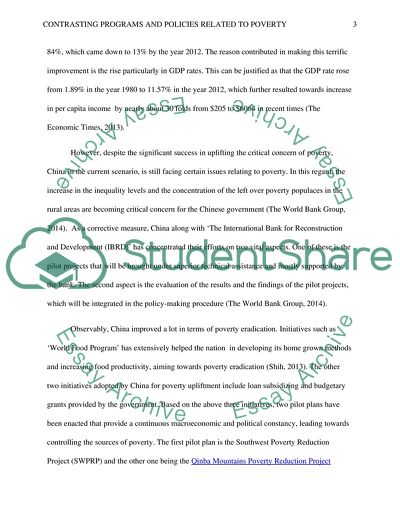Cite this document
(“Contrasting programs and policies related to poverty Research Paper”, n.d.)
Contrasting programs and policies related to poverty Research Paper. Retrieved from https://studentshare.org/miscellaneous/1629990-contrasting-programs-and-policies-related-to-poverty
Contrasting programs and policies related to poverty Research Paper. Retrieved from https://studentshare.org/miscellaneous/1629990-contrasting-programs-and-policies-related-to-poverty
(Contrasting Programs and Policies Related to Poverty Research Paper)
Contrasting Programs and Policies Related to Poverty Research Paper. https://studentshare.org/miscellaneous/1629990-contrasting-programs-and-policies-related-to-poverty.
Contrasting Programs and Policies Related to Poverty Research Paper. https://studentshare.org/miscellaneous/1629990-contrasting-programs-and-policies-related-to-poverty.
“Contrasting Programs and Policies Related to Poverty Research Paper”, n.d. https://studentshare.org/miscellaneous/1629990-contrasting-programs-and-policies-related-to-poverty.


